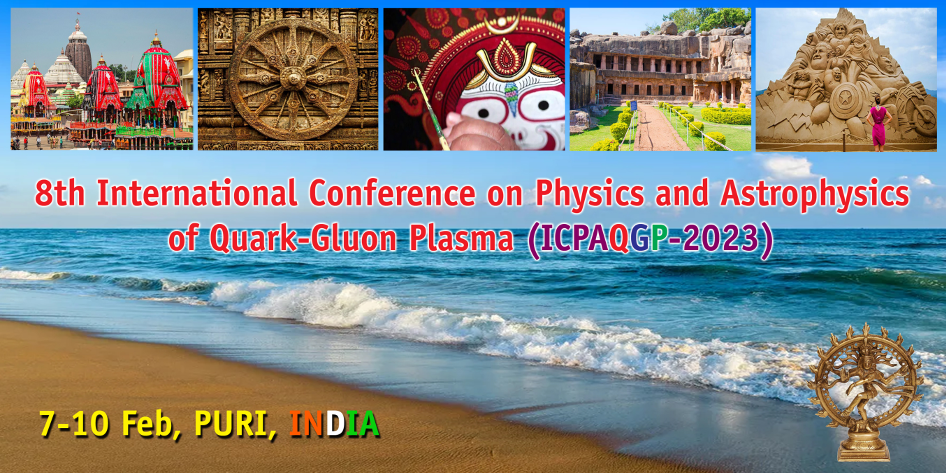Femtoscopic correlations of identified and unidentified hadrons are measured with data recorded by the CMS experiment at the LHC over a broad multiplicity range and pair transverse momentum. The first femtoscopy measurements carried in CMS for all pair combinations of $\mathrm{K}^{0}_{\mathrm{S}}$, $\Lambda$ and $\overline{\Lambda}$ are reported. These identified particles are employed to...
Two-particle electric charge balance function has been measured in proton-lead and lead-lead events with the CMS detector at the LHC. Particle correlations can be used as a probe of the charge creation mechanism, and the balance function is constructed using the like- and unlike-charge particle pairs to quantify these correlations. Compared to previous measurements, the pseudorapidity range is...
We employ the repulsive mean-field interactions among the hadrons and investigate how the susceptibilities of conserved charges deviate from ideal Hadron Resonance Gas (HRG) description. The repulsive mean-field interactions are incorporated by modifying the single particle energies by a term proportional to the number density of hadrons. We assume different mean-field interactions for mesons...
Measurement of charge-independent and charge-dependent two-particle number correlations ($R_{2}$) and transverse momentum correlations ($P_{2}$) provide key information about particle production mechanism, diffusivity, conservation of charge and momentum in high-energy collisions. These observables are measured
in pp collisions at $\sqrt{\textit{s}}$ = 13 TeV within transverse
momentum...
The early production of heavy-flavour quarks, i.e. charm and beauty, in ultra-relativistic collisions makes them an excellent probe to study the evolution of the strongly interacting systems.
Jets tagged by the presence of heavy-flavour hadrons and correlation measurements involving heavy-flavour hadrons give a close access to the parton kinematics allowing comparisons of their production,...

